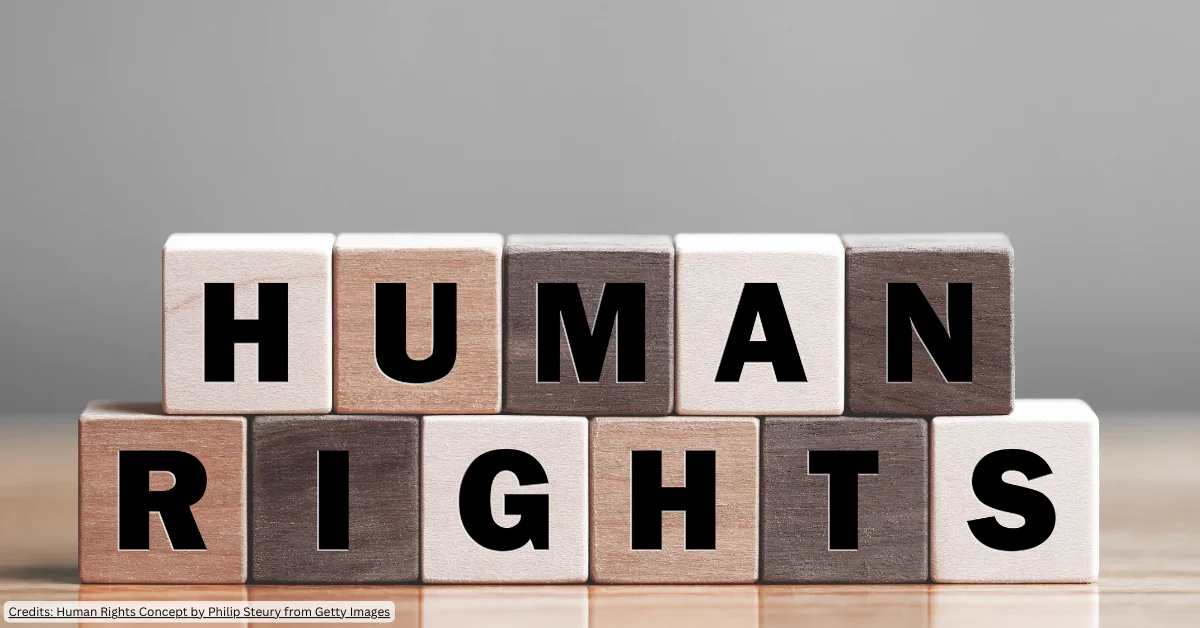From mortgage prisoners to house arrest: Aussies that face housing issues are urged to cut spending – but at what cost? Further spending costs will affect the quality of life and hurt the economy.
The rapid rise of interest costs and a drop in property values have created a few mortgage prisoners, but now Aussie households may find themselves under house arrest too.
The RBA has raised the cash rate target to 2.85%, a level not seen since 2013 and the annual price level movement has increased by 7.3%, the highest recorded in 3 decades.
Over the past year, inflation has accelerated across Australia, eating into healthy saving buffers of everyday Australians. To manage the rapidly increasing price levels that are set to continue as the cash rate increases, the RBA has continued to urge Australians to curb their spending. Since it is hard to pull back on non-discretionary items, the only way to cut further spending will be on discretionary items and recreation.
Housing costs have risen by 10.5%, transport by 9.2%, and food and non-alcoholic beverages by 9%. All pale compared to the increased mortgage repayments, the fastest-growing cost of living. Mortgage repayments on a 25-year loan have increased by 29.4%, which exceeds the price movements in fuel and gas combined.
“The 1980s and 1990s were both episodes of high inflation, but unlike those years, this period is complicated with unprecedented stimulus and weak supply,” said Ulrika Lobo, director of Sparrow Loans.
“This is an unprecedented response from governments and central banks, but it is misdirected. Local spending is what most Australian jobs rely on, so applying pressure on spending through increasing our cost of money can also hurt our national productivity.”
Related: New report shows that home insurance is unaffordable for more than 1 million households
Australia’s services sector provides up to 80% of economic activity however it is not the main contributor to inflation but will be the main victim of rate rises. Non-discretionary spending is consistently below the headline inflation rate of 7.3%.
While the RBA is gunning for a drop in inflation, it is hurting people’s ability to enjoy the goods and services which aren’t contributing to the problem.
“When rates rise, you cut back, but it is important not to overshoot with too many doomsday warnings,” added Ulrika.
Up to one in four Australians are struggling to get by on their current income, according to a recent study. Nearly 57% of Australians considered rising prices a big problem and are working more hours per week to compensate.
The response has eliminated the possibility of further demand-push inflation, but demand isn’t the sole problem. So the policy solution is too aggressive in attempting to flatline transitory inflation due to floods, supply chain issues or the manufacturing squeeze.
“The RBA knows that demand is a little elevated but supply is dramatically behind. This puts them in the undesirable position of dragging demand downwards to put it on the level of the low aggregate supply of the economy,” said Ulrika.
“It is time to take a breather and see how the rate rises will play out, as we have a lag between the rate rises and their effect on the economy.”
Menchie Khairuddin is a writer Deputy Content Manager at Akolade and content producer for Third Sector News. She is passionate about social affairs specifically in mixed, multicultural heritage and not-for-profit organisations.
- Menchie Khairuddinhttps://thirdsector.com.au/author/menchi-kakolade-co/
- Menchie Khairuddinhttps://thirdsector.com.au/author/menchi-kakolade-co/
- Menchie Khairuddinhttps://thirdsector.com.au/author/menchi-kakolade-co/
- Menchie Khairuddinhttps://thirdsector.com.au/author/menchi-kakolade-co/











